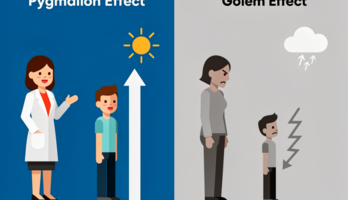Шалымов Д.С. - Алгоритмы устойчивой кластеризации на основе индексных функций и функций устойчивости (1027382), страница 3
Текст из файла (страница 3)
Это являетсяважной особенностью, поскольку большинство существующих алгоритмов кластеризации не имеет достаточного математическогообоснования.Были выбраны алгоритмы устойчивой кластеризации на основеиндексов и функций устойчивости, поскольку они естественным образом могут быть определены в терминах задач оптимизации. Этопозволит получить новые методы решения проблемы кластеризации.Список литературы[1] Calinski R. B., Harabasz J.
A dendrite method for cluster analysis// Communications in Statistics. 3. 1974. pp. 1–27.[2] Hartigan J. A. Clustering Algorithms. — Wiley. 1975.[3] Kaufman L., Rousseeuw P. Finding Groups in Data: AnIntroduction to Cluster Analysis. — New York: Wiley. 1990.[4] Krzanowski W. J., Lai Y. T. A criterion for determining thenumber of clusters in a data set // Biometrics. 44. 1985. PP. 23–34.[5] Tibshirani R., Walther G., Hastie T. Estimating the number ofclusters in a data set via the gap statistic // Journal of the RoyalStatistical Society. Ser. B. 63.
2001. PP. 411–423.[6] Volkovich Z., Barzily Z., Morozensky L. A statistical model ofcluster stability // Pattern Recognition. 2008.[7] Sugar C., James G. Finding the number of clusters in a data set:An information theoretic approach // Journal of the AmericanStatistical Association. 98:750–763. 2003.[8] Roth V., Lange V., Braun M., Buhmann J.
Stability-basedvalidation of clustering solutions // Neural Computation. 16(6).2004. PP. 1299–1323.[9] Papadimitriou C. H., Steiglitz K. Combinatorial Optimization,Algorithms and Complexity. Prentice-Hall. Englewood Cliffs. 1982.247[10] Levine E., Domany E. Resampling method for unsupervisedestimation of cluster validity // Neural Computation. 13. 2001.PP. 2573–2593.[11] Ben-Hur A., Guyon I. Detecting stable clusters using principalcomponent analysis // In Methods in Molecular Biology. Humanapress. 2003. PP. 159–182..
















